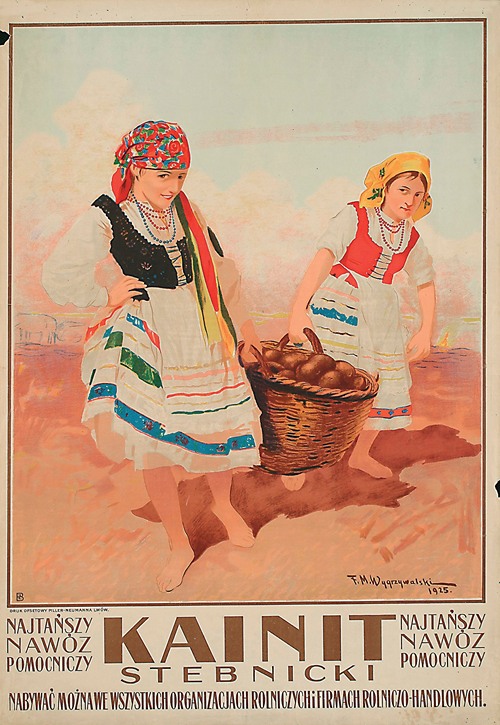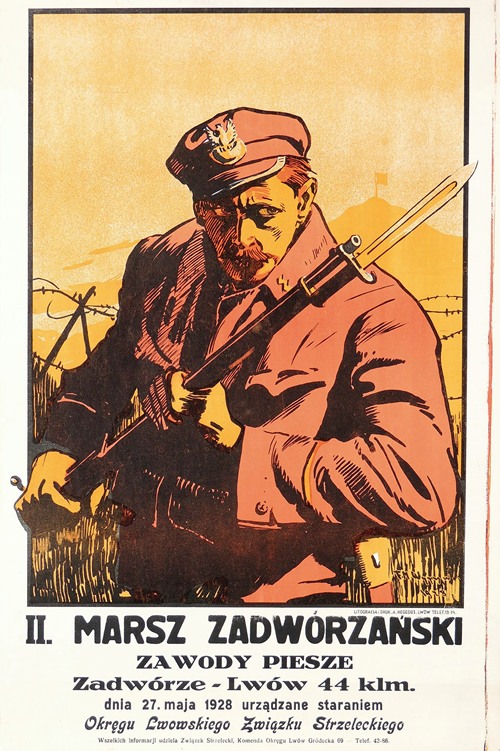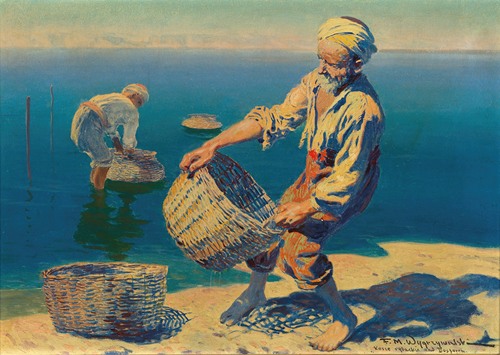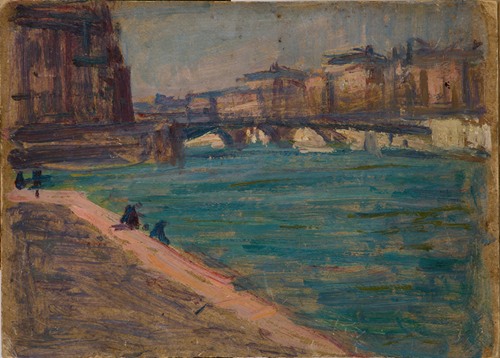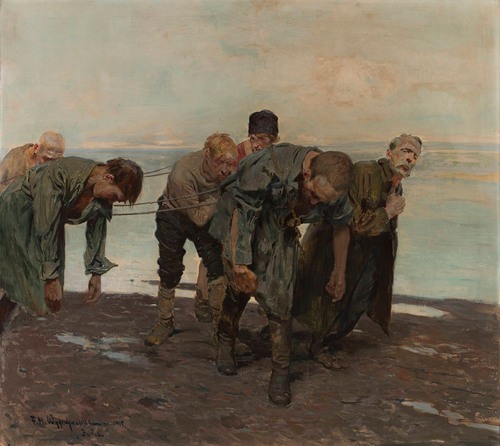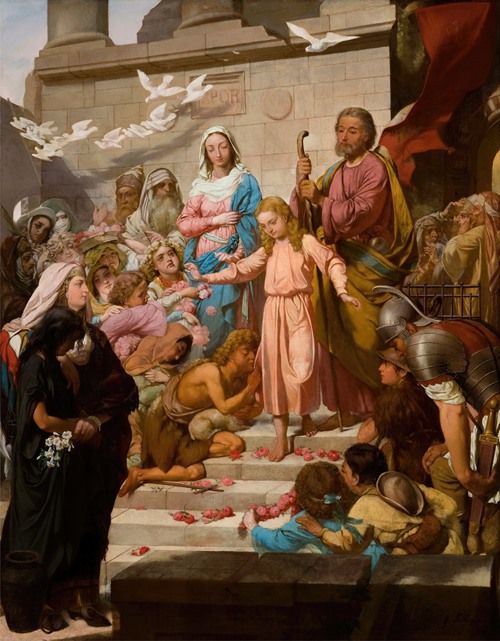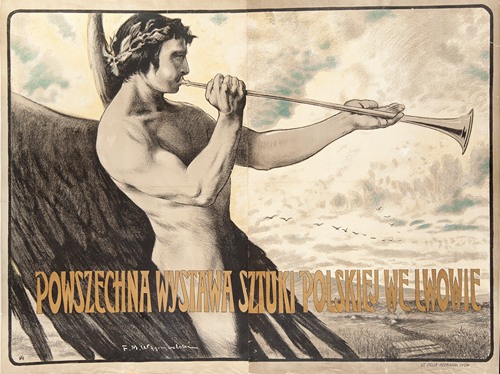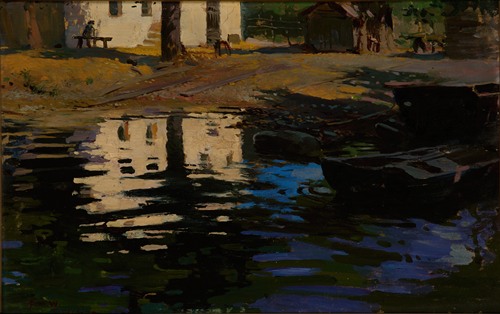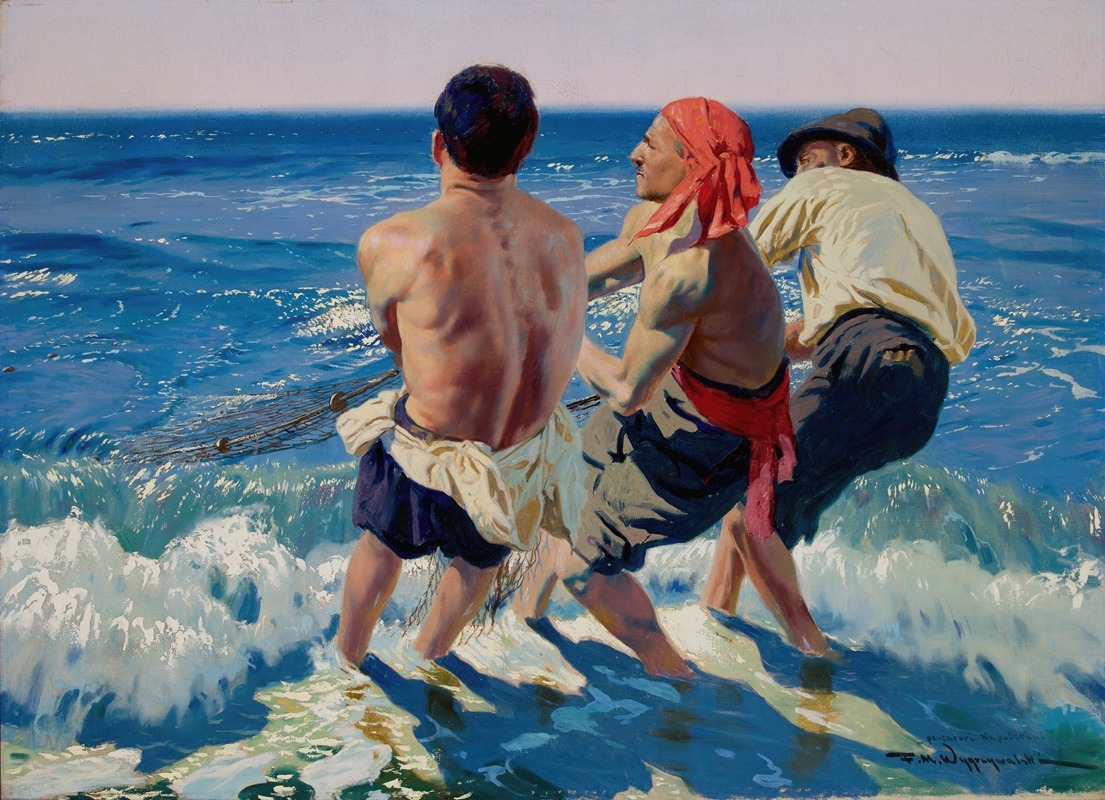

Feliks Michał Wygrzywalski was a Polish painter; remembered primarily for his Orientalist scenes and portraits. He also created a significant number of nudes.
Thanks to a scholarship from the Malinowski Foundation, he was able to study at the Academy of Fine Arts Munich from 1893 to 1898. This was followed by some time at the Académie Julian in Paris and a study trip to Italy.
In 1900, he decided to settle in Rome and married a local woman named Rosa Imassa. His studies there consisted largely of copying the Old Masters, but he also created landscapes and nudes. Later, he provided illustrations for the Polish travel magazine, Wędrowiec [pl] (The Wanderer), as well as magazines in Germany and Russia.
In 1906, he visited Egypt, creating numerous paintings and sketches for later use. When he came back to Poland in 1908, he lived in Lwów, where he had been commissioned to paint murals at the Chamber of Commerce and Industry. He also did some stage designs. During World War I, he moved to Rostov-on-Don and became a drawing professor. He returned to Lwów when the war was over.
He was a frequent participant in exhibitions, but his first personal showing came only in 1932, at the local "Society of Friends of the Fine Arts". During this period, his major work was a series of fourteen paintings, depicting the history of dance, for the sanatorium at the health resort in Krynica-Zdrój. For most of his later life, he maintained his own art salon in Lwów called, in German, "Kunstaustellung" (art exhibit). During the post-war depression, many upper-class people sold their paintings there; often entire collections.
In July 1944, at the approach of the Red Army, he was forced to flee Lwów, leaving all of his possessions behind. He found refuge at a tenement house in Rzeszów, but died only a few months later, from a stroke; possibly the result of an injury he suffered while fleeing. He was buried at the local cemetery, but his grave has not survived.


